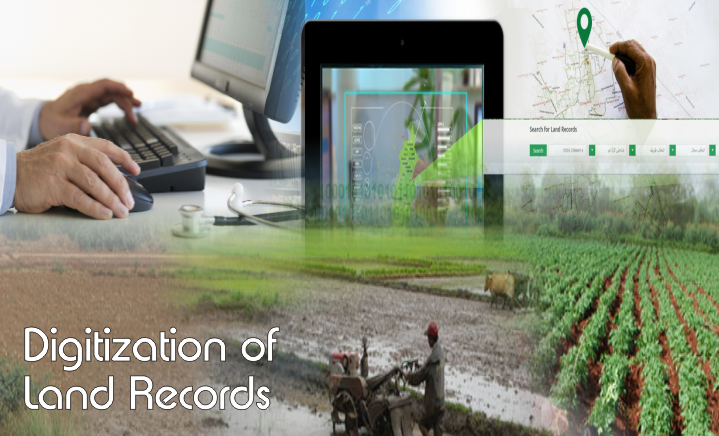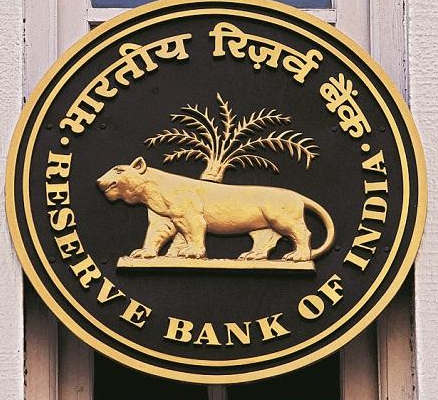Digitisation of land records will bring transparency in property price.
By Abhay Shah, Realty Quarter

Digitisation is a method that influences every sector and transforms it. As we enter the fourth stage of the industrial revolution, where digital technologies are deployed to shift our lifestyle from transport to health and education. Digitalisation also transforms the property industry in terms of construction, property governance, advertising and sales as well as the advent of ‘smart housing’ and a skilled working environment. The Indian real estate market is anticipated to reach USD 180 billion by 2020, according to the India Brand Equity Foundation (IBEF).
The residential industry alone makes 5% to 6% of the gross domestic product (GDP) of the country. In the coming years, technology will probably speed up the growth in real estate. Since the land is a crucial commodity in real estate, which is an important price element of any transaction, it is worth noting that only a few nations held an electronic public property register up to now.
Many states in the nation have yet to digitize fundamental survey documents, sketches, maps, etc. In recent years the village maps, indicating limits and/or documents, including the names of the occupants, have been the majority of property documents in the nation. In addition, distinct kinds of data such as maps and sales documents are retained at the village level. These services operate alone and their staff absence digital access training. Because of the absence of retention of rationalized land documents, conflicts over land ownership have occurred. For the better maintenance of property documents, a digital department must, therefore, be set up.
Current Status of Digitisation of land records:
In the early 1980s, land documents became an objective of the government of India in order to contain and check estate frauds. In August 2008, the Indian government introduced the Digital India Land Records Modernisation Programme (DILRMP). The main goal of the program was to computerize and improve the transparency of all land records including mutations, digitalize maps and surveys, update all settlement records and to minimize the extent of land disputes. In order to enable fastened operations, digitisation would offer definite land ownership titles which government authorities can readily monitor. This will also decrease construction time and the developer’s overall expense, whose advantages can be transmitted to the customer and make estate rates more appealing.
Advantages of digitisation:
The government’s Digital India mission will also be directed by the digitalization of land and property records. A complete computerised compilation of land data, starting from the original owner to the present status of the land, including an image of the property and the landowner for identification purposes, will reveal the total area of land owned by a person. To update the documents, a new report must be carried on each piece of property at periodic intervals. This helps to prevent conflict between the government and private land. Digital transparency will render it hard to avoid property tax for the general public.
Digitisation can speed up the property procurement method, making it work on its Smart Cities mission or planning industrialisation simpler for the government. Digitalization will provide the property owner with the right information of a particular property. The purchaser can verify whether the property is in dispute. If a customer wishes to purchase an estate from a builder, he or she can verify whether it complies with all the rules. Similarly, before purchasing a plot of land, digitation helps the purchaser to examine for transparent market pricing.
Benefits of digitisation in real estate:
1) Transparent land record management.
2) A single window to handle land records, including maintenance and updating of maps, survey and registration of properties.
3) Easier online approvals of plans and occupancy certificates.
4) Clarity over ownership status.
5) Greater ease of doing business in the sector, by making it simpler for the developers and buyers to check the authenticity of the land or the property.



















































































